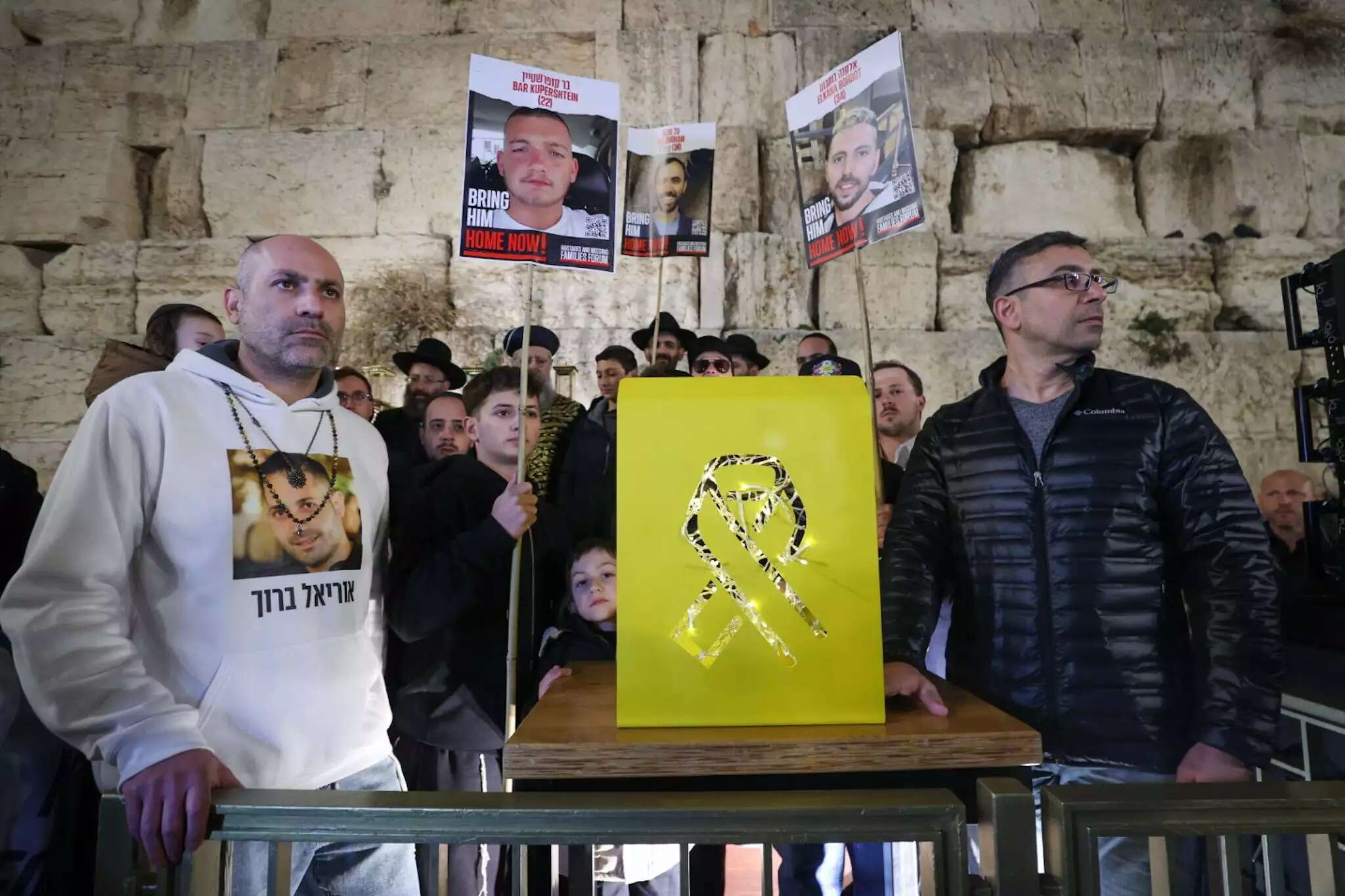Here's a beautiful explanation of Hanukkah that I've carried with me since my youth, one that continues to bring me joy.
The essence of this explanation, by the way, is eternal and becoming more relevant with each passing moment.
When we were teenagers in yeshiva, our rabbi posed a question: The commandment of lighting Hanukkah candles is structured in halacha with a gradual hierarchy.
The basic mitzvah is to light one candle—or menorah—for the entire household. However, those who want to beautify the mitzvah (the mehadrin) light one candle for each individual in the household.
This, the rabbi pointed out, is a bit perplexing. After all, the essence of this mitzvah is pirsumei nisa—publicizing the miracle in a loud and visible way. A ceremony in which one person recites the blessing on behalf of everyone is more communal and collective in nature.
So why does the beautification of the mitzvah emphasize individual lighting?
The answer he gave was so sweet and insightful that I've remembered it for nearly 40 years, and I thank him for it every Hanukkah.
His name had a "Hanukkah" feel to it—Rabbi Avraham Shemani—and here's what he said: Hanukkah is celebrated primarily in memory of the miracle of the oil flask.
When the Maccabees were victorious and entered the Temple, they couldn't find any pure oil that hadn't been defiled by the enemy to light the menorah as part of the Temple service. They found only one small flask, enough for just one day. A miracle occurred, and it burned for eight days.

Photo: Oren Ben Hakun
The rabbi asked: Why was this miracle even necessary? Halacha permits the use of impure oil in such circumstances. When impurity is widespread, the laws of purity are set aside. So why the miracle? They could have used the impure oil!
The rabbi explained: They didn't want to rely on the collective power of the community. They didn't want to fulfill the mitzvah merely because the collective—a large entity—can override individual prohibitions. They wanted the mitzvah to emanate from each individual's inner sanctity.
This is why we beautify the mitzvah by lighting individually. It's a statement that even within the grandeur of a national and communal experience, we strive not only to bask under the wings of the collective but also to remember our individuality as Jews.
Admit it—it's a beautiful idea. And it's even more poignant in Hanukkah 5785 (2024), a time that has elevated the experience of collective identity to unprecedented heights, both inspiring and challenging.
Our shared destiny is soaring to new heights, igniting the fire of togetherness and mutual responsibility within us. It's overwhelming and deeply moving. Every day, our sense of brotherhood and camaraderie grows stronger.
This is the uplifting, heartwarming side of things. Yet, in specific forms of collective unity, we also see the full force of an unhealthy social dichotomy.
More than ever, people are part of something larger. They think independently and make individual decisions, yet their actions are overwhelmingly shaped by the dynamics of collectives within a larger collective.
Being part of a community, group, or collective is often delightful, even necessary and sacred. But we don't always need to take it to extremes or lose ourselves in it completely.
Let the sacred lights of Hanukkah remind us that beyond the collective flames—of one's household, family, tribe, camp, or nation—there is also room for each and every individual.




